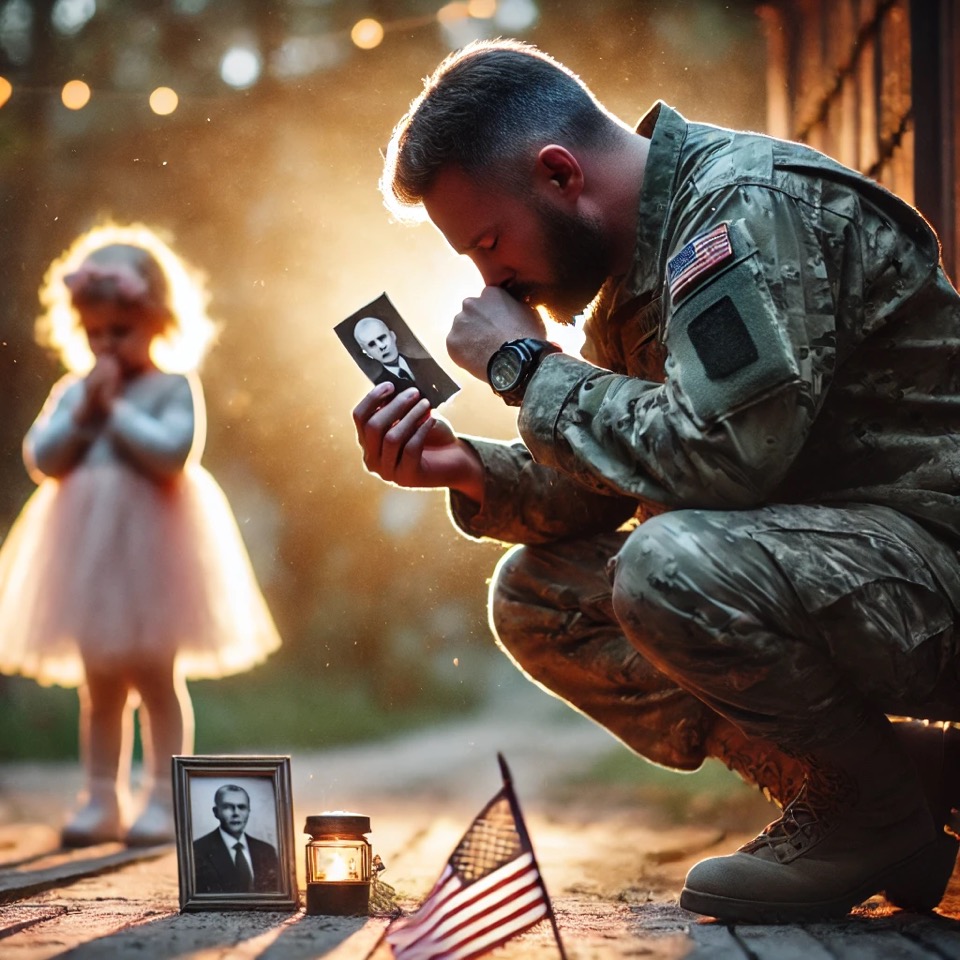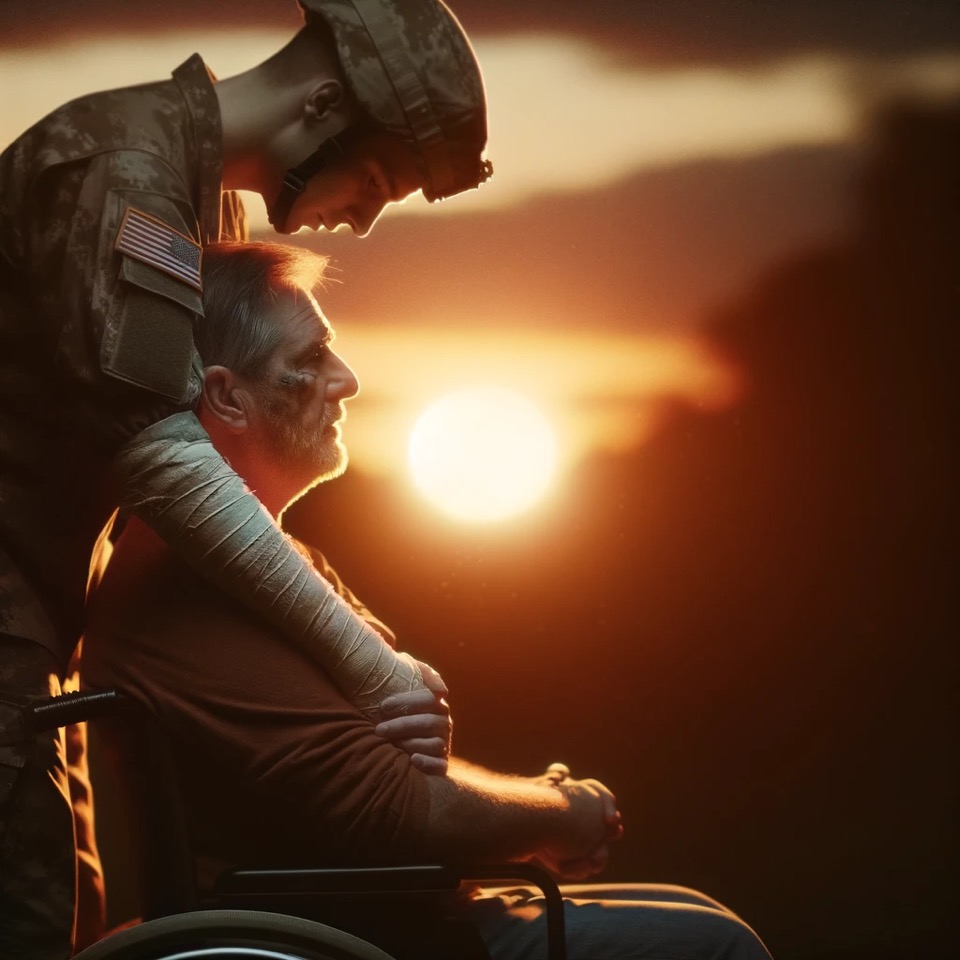A Reason To Stay
Because of the sensitive nature of this important subject we are going to use created images instead of photos. This insures anonymity for those who helped create this featured song.
A Devastating Statistic

Every day, an estimated 17 veterans die by suicide—a devastating statistic that underscores the unseen battles fought long after their service ends. Many return home carrying the weight of war, haunted by memories, loss, and a struggle to reintegrate into a world that feels distant. The pain can become suffocating, leading some to believe that there is no way forward. As the song “A Reason to Stay” illustrates, veterans often find themselves standing at the edge of despair, staring into the darkness, searching for a reason to hold on.
A Sense Of Purpose

But there is hope. The power of a single moment—a child’s laughter, a knock at the door, the realization that life still has something to offer—can be enough to pull someone back from the brink. Studies show that when veterans find a sense of purpose, whether through family, faith, community, or service to others, their risk of suicide significantly decreases. “A Reason to Stay” captures this transformation: the shift from overwhelming pain to rediscovering a reason to keep going. The love of a child, the strength of a prayer, and the presence of someone who truly cares can be the light that refuses to fade.
A Reason to Stay

The journey from despair to healing is not easy, but no veteran should walk it alone. Those who have survived their darkest moments often become the guiding hand for others, proving that no matter how deep the scars, they do not define the future. “A Reason to Stay” is more than a song—it is a message of survival, a call to every veteran to hold on, to find strength in connection, and to realize that their story is far from over. If you’re struggling, reach out—because your life still has meaning, and the world is better with you in it.
We are a 501(c)(3) organization. All downloads are tax deductible.

